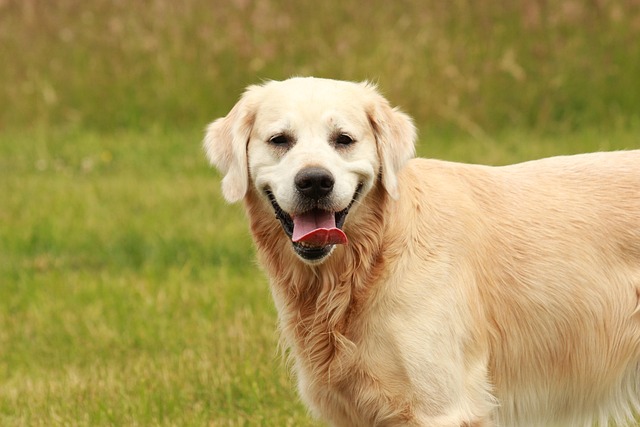
How do i train my dog to be obedient?
Watching your dog dart across the park ignoring your calls isn’t just frustrating—it can put them at risk near busy streets or public spaces.
If you’ve just welcomed a new puppy or an adult rescue dog into your home, one of your first and most pressing questions is likely, "How long until they’re fully toilet trained?" You might be tired of cleaning accidents on your apartment carpet or rushing home from work for a emergency potty break. The honest answer is that it depends, but for most dogs, you can expect a basic foundation in a few weeks, with full reliability taking several months. Patience, not a calendar, is your most important tool in this process.
The timeline isn't one-size-fits-all because it's influenced by several factors. A puppy's bladder control and ability to "hold it" develop physically over time, much like a human infant's. Generally, a puppy can hold their bladder for about one hour for every month of age. So, a three-month-old puppy might max out at three hours. Adult rescue dogs may learn faster but could have ingrained habits or anxiety from their past that need to be overcome. The key to success isn't just age; it's the consistency and method of your training approach.
Your strategy should be built on a foundation of prevention and positive reinforcement. The golden rule is to take your dog out constantly: first thing in the morning, after every meal, after every play session, and after every nap. Always take them to the same spot in your yard or on your walking route; the familiar smells will trigger their instinct to go. When they do eliminate outside, celebrate it like they just won the lottery—reward them immediately with a high-value treat and enthusiastic praise. This positive reinforcement training powerfully connects the action with an amazing outcome. If you catch them having an accident indoors, simply interrupt them with a calm "oops" and quickly take them outside to finish. Never, ever rub their nose in it or yell. This punitive approach is a major cultural taboo, it's ineffective, and it will only teach your dog to fear you and hide when they need to go.

This process is also intertwined with your responsibilities as a community member. As you embark on countless training trips outside, always have a roll of bags with you. Cleaning up after your dog in public spaces or shared apartment common areas isn't just good manners; it's the law in most U.S. cities and towns. Furthermore, this training period is a perfect time to ensure your dog is fully compliant with local regulations, like being up-to-date on their legally required rabies vaccination. A healthy dog is a trainable dog, and managing their overall wellness is part of the package.
So, while you might read about "weekend miracle" methods, real-world toilet training is a marathon of consistency. Don't get discouraged by setbacks; they're normal. By creating a predictable routine, using generous rewards, and understanding your dog's limits, you’ll build the trust and habits that lead to a reliably house-trained companion.

Watching your dog dart across the park ignoring your calls isn’t just frustrating—it can put them at risk near busy streets or public spaces.

New puppy owners often find themselves rushing to clean up accidents before they set in, and that’s where puppy pad training becomes a game-changer.

If you've noticed your dog's waistline disappearing and your veterinarian has mentioned those few extra pounds, your first instinct might be to simply reduce the amount of food in their bowl.

Training a dog to use a designated spot indoors isn’t as daunting as many new owners fear, but it does take consistency and an understanding of your pet’s needs.

That moment of dread on a walk is all too familiar for many new dog owners. You see another dog approaching down the sidewalk of your neighborhood

If the sight of another dog on your neighborhood walk makes your heart sink as your own dog erupts into a frenzy of barking and lunging, you're not alone.